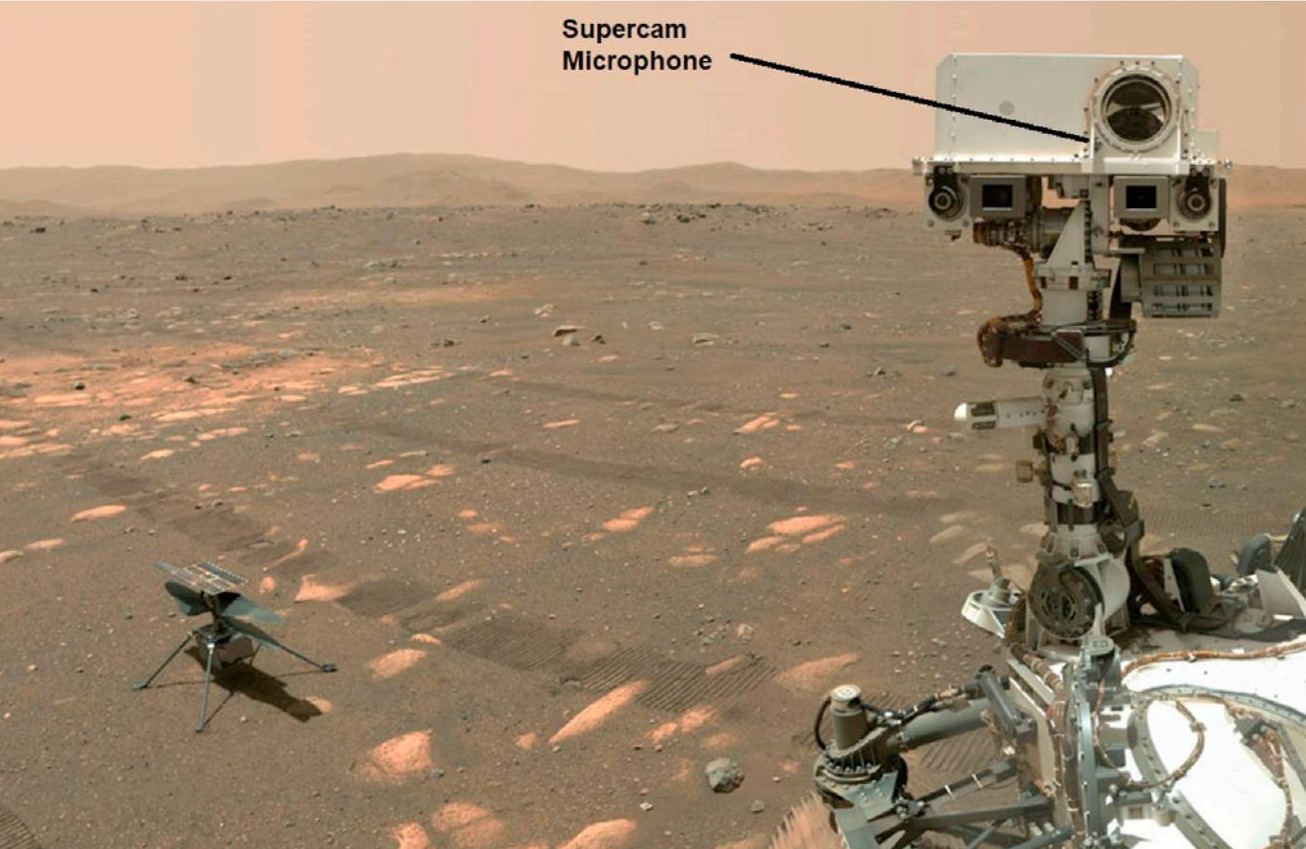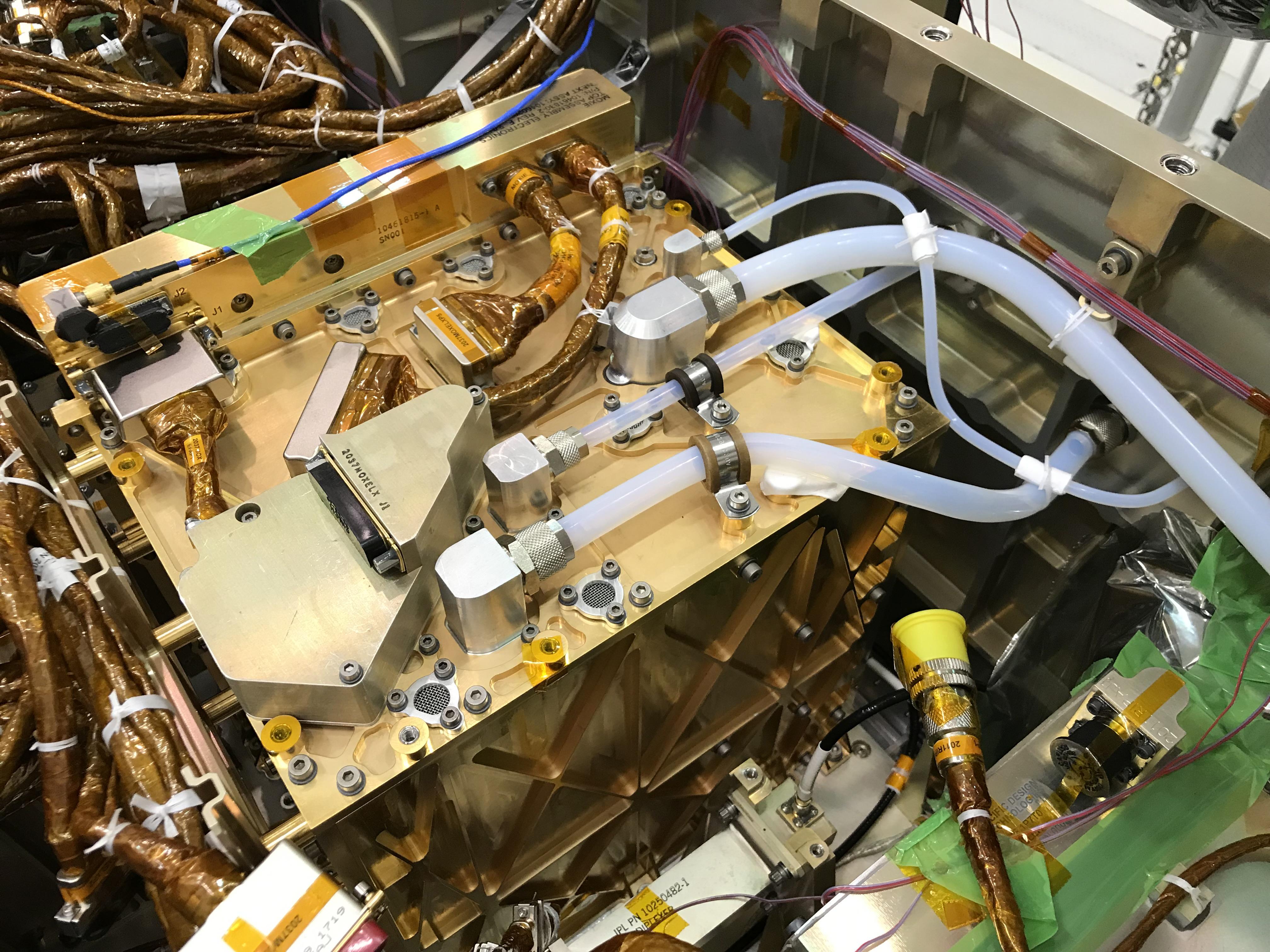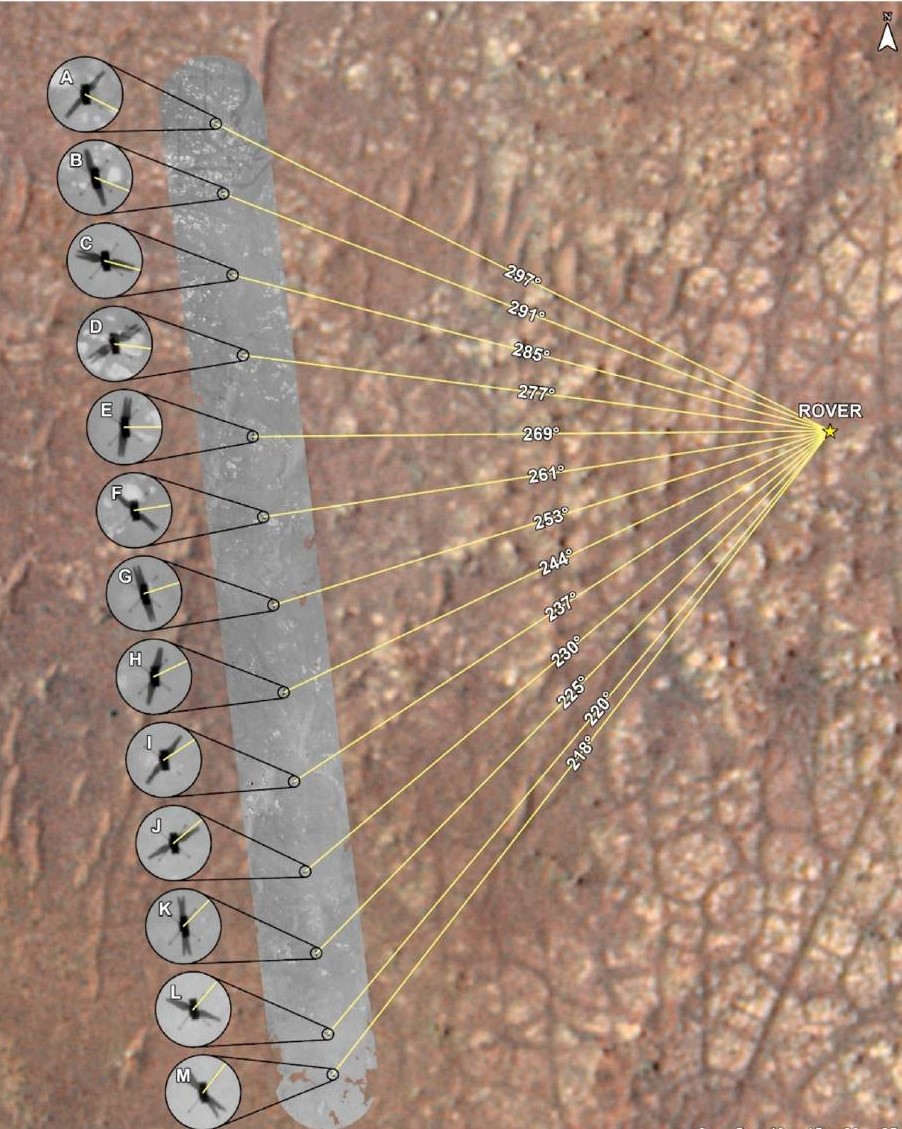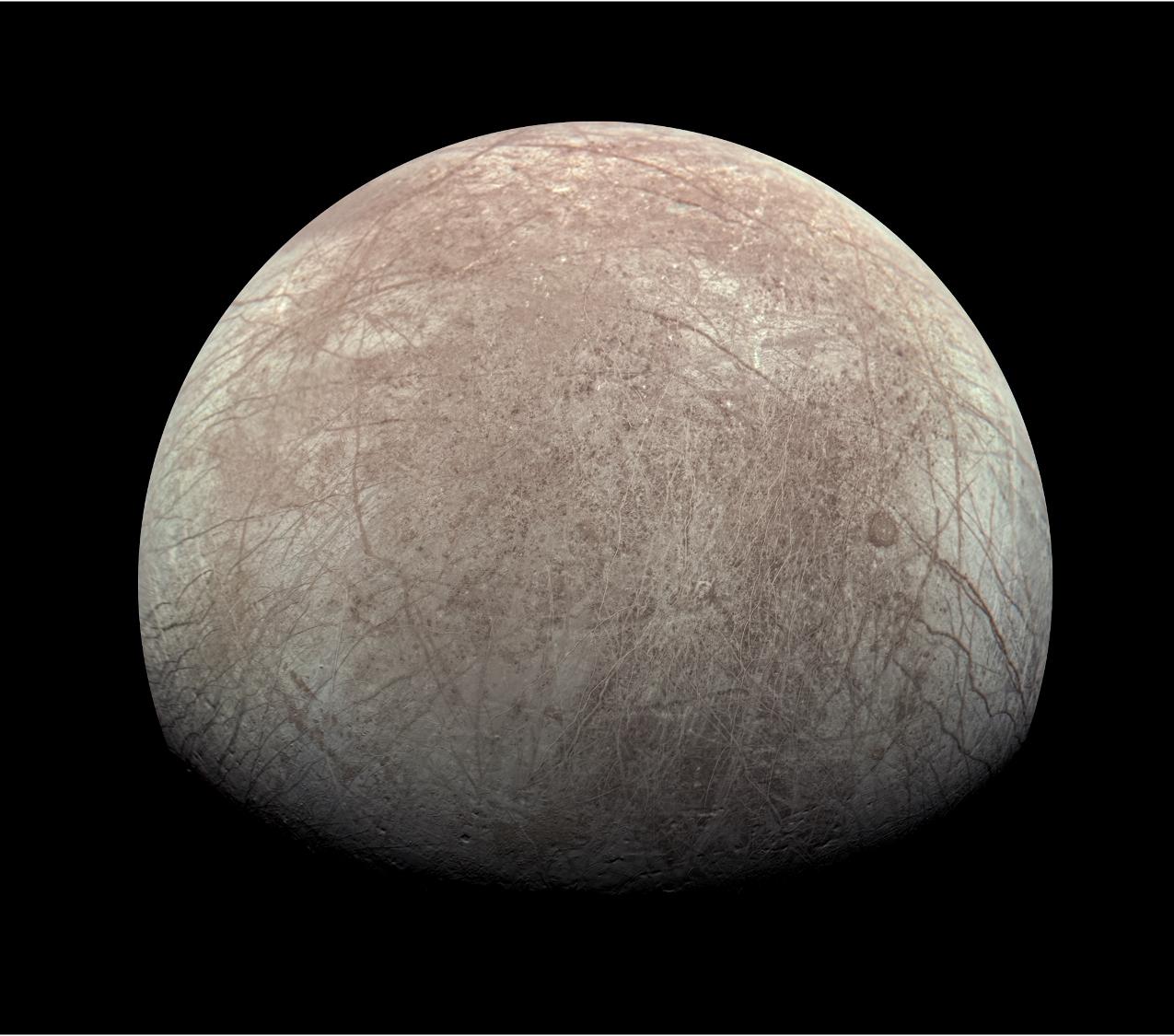Microphones in space: Why scientists want to listen in on alien worlds
It turns out that space can be a valuable sound stage.

The use of tiny microphones on NASA's Perseverance Mars rover has proven incredibly beneficial to both engineers and scientists. The sensors can identify wind gusts and even hear the staccato popping sounds made of laser pulses made by the rover's instruments.
Similarly, the swirling blades of the Ingenuity Mars helicopter have been picked up by these microphones, as has the pumping rhythm of the Mars Oxygen In-Situ Resource Utilization Experiment (MOXIE), an oxygen-making experiment aboard Perseverance.
Based on the valuable scientific contributions these instruments have made aboard Perseverance as it rolls about within Jezero Crater, it's time to turn up the volume on microphones for extra-planetary exploration.
Related: The sounds of Mars: NASA's Perseverance rover puts ears on the Red Planet for the 1st time
International efforts
Timothy Leighton is a professor of Ultrasonics and Underwater Acoustics at the UK's University of Southampton in England. He continues to support international efforts to include acoustic sensors on probes headed for Mars and to a variety of other space destinations.
"The work goes beyond just hearing sounds," Leighton told Space.com, as they can be analyzed to tell researchers about the wind, temperature, chemistry and turbulence on Mars. "You can tweak out a huge amount of information by listening to sounds," Leighton said.
Leighton has been focused on raising public interest to ensure that policymakers make an effort to put microphones on other worlds.
Get the Space.com Newsletter
Breaking space news, the latest updates on rocket launches, skywatching events and more!
Software package

To that end, Leighton supplied an acoustical simulation device to a local planetarium for use in live shows aimed at engaging and inspiring children in science and engineering. The software package plays audio simulations that estimate the sounds produced by natural phenomena — sounds of thunder, wind and cryo-volcanoes — to accompany visual presentations and planetarium shows about the exploration of Venus, Mars, and Saturn's largest moon, Titan.
The software package can also modify the speech of the presenter, or an audience member, to simulate their voices as they would sound on whatever off-Earth world is under discussion.
"The exercise has also allowed an explanation of the science and engineering behind the creation of the sounds," Leighton said. "However the really major breakthroughs are those coming from the Perseverance science and engineering," he said, "and compared to that, my contributions are a small thing, just work to get people interested."
Audible range
Following its landing in February 2021, NASA's Mars Perseverance rover is the first mission to the Red Planet that has been able to return acoustic data from the surface in the audible range.
The wheeled robot is outfitted with two microphones: The SuperCam microphone, positioned on top of the rotating rover's mast and the entry, descent and landing microphone fixed on the body of the rover.
The SuperCam microphone has recorded wind and turbulence noise and various equipment operations. It has also made it feasible to create on-the-spot analyses of how sound waves behave in the thin, carbon dioxide-dominated Mars atmosphere.
Acoustic signatures
Recorded sounds on Mars originate from three main sources: The atmosphere (created by turbulence and wind), the shock-waves generated by the Laser-Induced Breakdown Spectroscopy (LIBS) instrument on the SuperCam, and hardware-induced artificial sounds such as the motors on the rover turning its wheels.
For instance, according to Michael Hecht of the MIT Haystack Observatory, MOXIE was heard in nearly every run by the SuperCam microphone.
"That one is at the top of the mast and intentionally isolated from the body so the sound goes through the air," Hecht told Space.com.
Another hardware-induced artificial sound comes from the high-speed spinning blades of the Ingenuity helicopter. Several Ingenuity flights were close enough for their acoustic signatures to be recorded by the SuperCam microphone.
Perseverance playlist
There is now a "Perseverance playlist" featuring hours of Martian sounds, said researchers Ralph Lorenz of the Johns Hopkins University Applied Physics Laboratory and Baptiste Chide of the Los Alamos National Laboratory's Space and Planetary Exploration Team.
At a recent meeting of the Acoustical Society of America, the researchers reported that the most prominent sound stems from flights of the Ingenuity chopper.
In a related paper, Lorenz said that the helicopter data gathered is critical to understanding the acoustic environment of Mars. Also, those acoustic measurements are a useful diagnostic tool to appraise the flight characteristics of the robotic helicopter, which may well be relevant in supporting future Mars sample return operations.
Lorenz and fellow researchers also note that NASA's Dragonfly rotorcraft lander mission to Saturn's icy moon Titan, presently in development, could carry one or more microphones which may gauge rotor/motor operation and perhaps also detect wind noise or other environmental sounds.

Pressure signals

In order to plan missions with microphones or other acoustical sensors for other worlds, and to design those instruments correctly, Leighton said it is useful to predict the nature of the signals they might detect. Such predictions could, for example, identify early that a planned single microphone system should be replaced by a three-microphone system, he said.
Atmospheric lightning on Venus is thought to occur at roughly half the rate seen on Earth. In addition to the possible generation of acoustic signals due to lightning, dust devils swirling across Mars would also generate pressure signals, said Leighton.
Then there is evidence suggesting the possible presence of cryo-volcanoes on Neptune's moon Triton, Jupiter's moons Io and Europa, and Titan and fellow Saturn moon Enceladus, Leighton pointed out.
Bottom line: It turns out that outer space can be a valuable sound stage.
Join our Space Forums to keep talking space on the latest missions, night sky and more! And if you have a news tip, correction or comment, let us know at: community@space.com.

Leonard David is an award-winning space journalist who has been reporting on space activities for more than 50 years. Currently writing as Space.com's Space Insider Columnist among his other projects, Leonard has authored numerous books on space exploration, Mars missions and more, with his latest being "Moon Rush: The New Space Race" published in 2019 by National Geographic. He also wrote "Mars: Our Future on the Red Planet" released in 2016 by National Geographic. Leonard has served as a correspondent for SpaceNews, Scientific American and Aerospace America for the AIAA. He has received many awards, including the first Ordway Award for Sustained Excellence in Spaceflight History in 2015 at the AAS Wernher von Braun Memorial Symposium. You can find out Leonard's latest project at his website and on Twitter.









